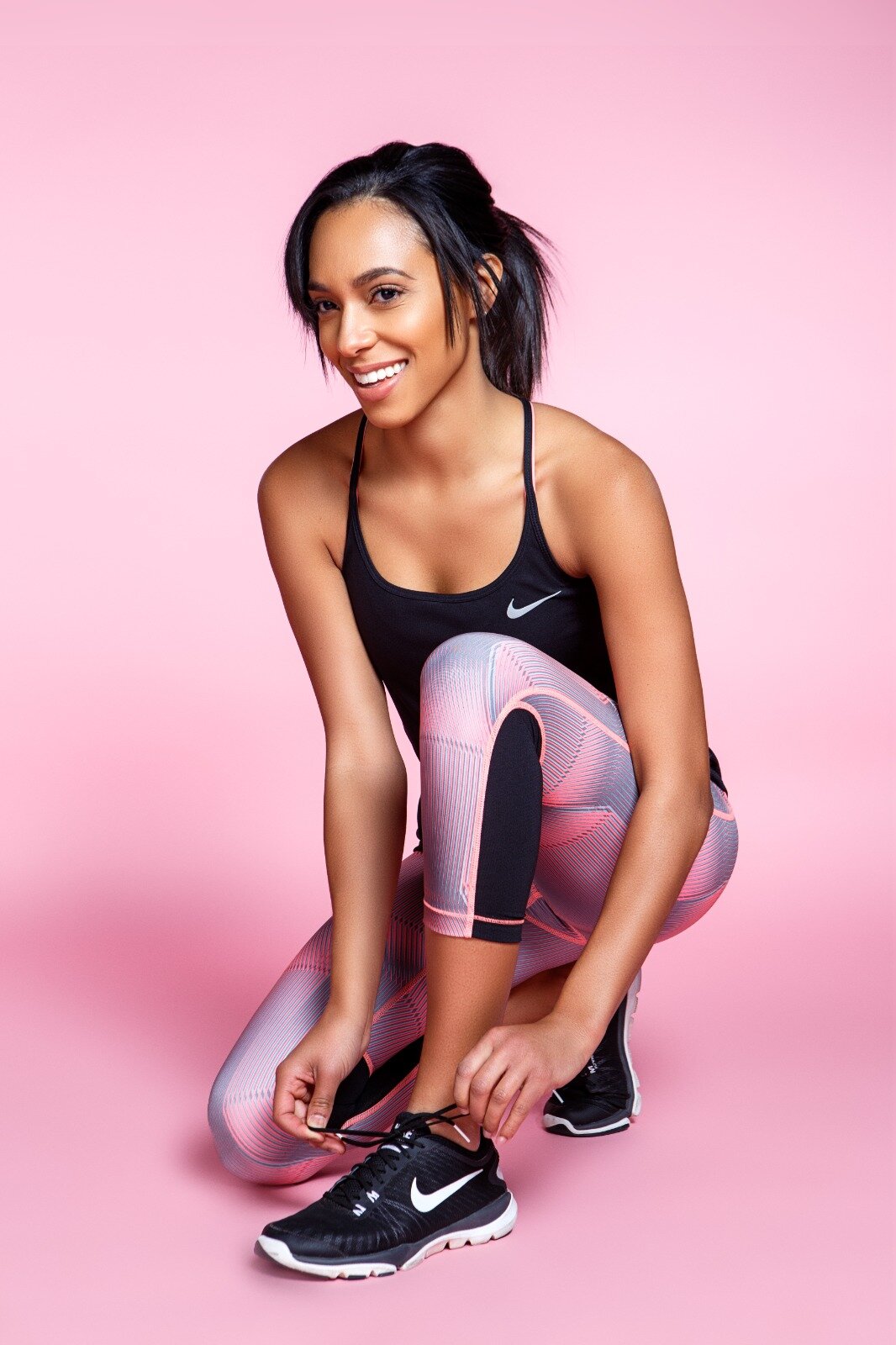Boss Women of the Art World: Bee Trofort
Bee Trofort is a sports fashion photographer based in the US. Trofort is always proud to represent her Haitian and Bahamian roots wherever she goes and attributes her strength in overcoming most of life’s challenges to her background. Originally from Miami, with Caribbean ethnic roots, Trofort was the only Black student in her cohort at Virginia Commonwealth University school of arts. While there, she studied Fine Art Photography and Film with a concentration on photography. As a proud family woman, Trofort was introduced into the world of photography through her two cousins. They instilled in her the attitude that photography was a narrative medium and a powerful means of giving people voice, beliefs she carries through her work to this day.
Originally, Trofort began her photography career exploring urban landscapes that favoured desolate settings; she ventured into portraiture much later on during her arts degree, having admitted that she was extremely shy growing up and terrified of approaching strangers. She later found that her camera gave her a voice and photography became a way of speaking to new people. During and after her degree, Trofort implemented her love of basketball into her oeuvre by interning for and photographing basketball players.
Trofort’s sports fashion photography is characterised by energy and strength that primarily highlight athleticism. Through this, she subtly combats outdated stereotypes, such as the hyper-sexualisation of Black womxn. The energetic quality of movement that is frequently present in her oeuvre quietly but powerfully breaks boundaries that often ostracise Black bodies. This also stems from Trofort’s belief that there needs to be more positive tropes attached to Black bodies, particularly in sport where they are globally ubiquitous. Despite this ubiquity, Trofort noted that Black womxn were particularly underrepresented when shooting sports and fitness. Many womxn models, particularly Black womxn, confided that they were much more comfortable being photographed with Trofort behind the lens. Trofort’s female gaze, presence, and perspective is less intimidating, and removes the more ominous overtones of masculine voyeurism, which puts models at ease.
“It doesn’t feel like work at all. It’s a blessing to be able to tell these stories and giving these athletes a voice,” Trofort gushed.
On the overlap between fine art and commercialism within the photography world, Trofort commented that more and more photographers are becoming very intentional with how they create by incorporating perspectives that are deliberately more artistic; this challenges traditional divisions between “photographer” and “artist.” Commercial brands are picking up on this. “They are artists before they are photographers. They’re simply using their voices to create a commercial piece.”
As well as giving her more time, the pandemic has urged Trofort to recalibrate and reconfigure her life goals. Throughout this period, Trofort has confronted difficult questions about her priorities, asking herself, “How can I provide the same resources [I have had] to those who didn’t have it?” Followed by the rationale that, “There needs to be more amazing artists out there. There’s enough work and money out there for everyone.”
Trofort is currently brainstorming conversational pieces that can act as a catalyst for education as a bridge between art and activism. Trofort continues to acknowledge her privilege and recognise how fortunate she was to master her craft and attend higher education for arts & photography. In realising this, Trofort has initiated the process of creating a studio to provide resources for young photographers and has held online workshops teaching her signature techniques, such as phantasmal long-exposures that create breath-taking illusions.
When asked about current trends to rectify the disproportionate lack of diversity in the creative industries, Trofort claimed that there are many advantages in this very moment. However, she conceded that there was a lack of genuineness in some of these initiatives.
“People are being intentional with hiring Black photographers as a performative gesture so reaching out and acquiescing felt false. There are qualified and talented individuals who are Black, but these companies just want to fill a quota.”
While Trofort has struggled internally with embracing this new move, she has admitted that she could be overly internalising and acquiesces that this is still a huge step towards progress. She is a fierce advocate for representation, but in order to achieve this in a genuine manner, Trofrot stresses that it is up to the individual to fill in those gaps.
“We have full agency of this and need to recognise our agencies within.”
Bee Trofort’s work
All imagery courtesy of the artists.
Dongmin Kim,
Contributor, MADE IN BED

















